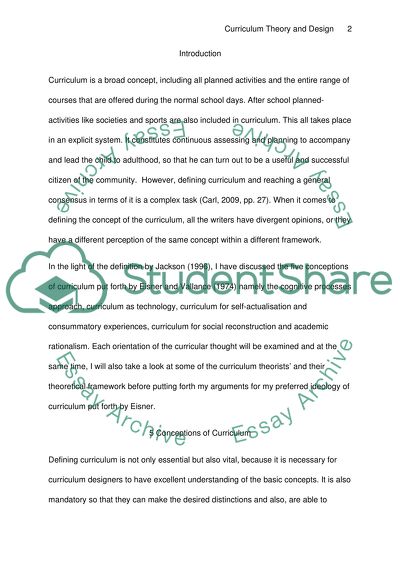Cite this document
(“Curriculum Theory and Design: National Institute of Education Essay”, n.d.)
Retrieved from https://studentshare.org/environmental-studies/1412346-curriculum-theory-and-design
Retrieved from https://studentshare.org/environmental-studies/1412346-curriculum-theory-and-design
(Curriculum Theory and Design: National Institute of Education Essay)
https://studentshare.org/environmental-studies/1412346-curriculum-theory-and-design.
https://studentshare.org/environmental-studies/1412346-curriculum-theory-and-design.
“Curriculum Theory and Design: National Institute of Education Essay”, n.d. https://studentshare.org/environmental-studies/1412346-curriculum-theory-and-design.


